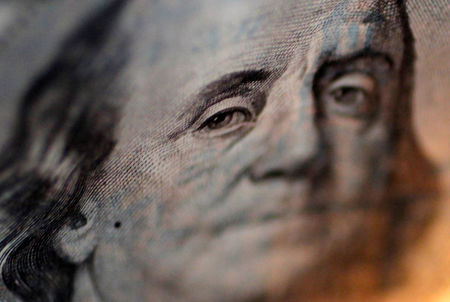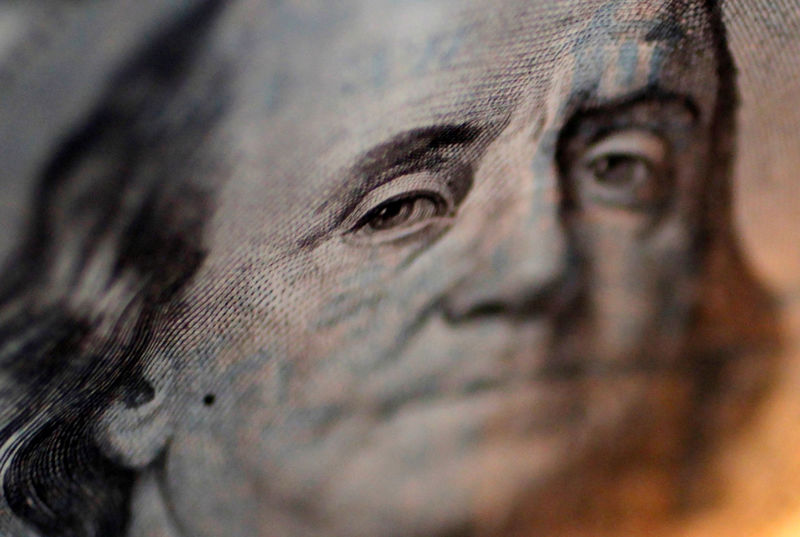Forex
Asia FX weakens, dollar strong as traders price out early rate cuts


© Reuters.
Investing.com– Most Asian currencies weakened on Monday, while the dollar steadied at a near two-month high as strong labor market data and hawkish signals from the Federal Reserve saw traders reconsider bets on early interest rate cuts.
Regional currencies were reeling from steep losses on Friday after U.S. data read much higher than expected for January, pointing to continued resilience in the labor market.
said in a late-Sunday interview on CBS 60 Minutes that resilience in the U.S. economy gave the Fed more headroom to keep monetary policy steady for the time being. He also flagged a largely data-driven approach to any potential rate cuts.
Powell’s comments came just days after the Fed offered similar signals during its first meeting of 2024, and spurred extended gains in the dollar and Treasury yields.
The and both rose 0.1% in Asian trade, and were at their highest levels since early-December.
The showed investors pricing in an even lower chance of a rate cut in March, while traders also slashed expectations for a cut in May. Several analysts said they now only expect the central bank to begin trimming rates by June.
This scenario bodes poorly for Asian units, given that high U.S. rates diminish the appeal of high-yield, risk driven assets.
Persistent concerns over China also dented regional currencies, after a private survey showed activity grew less than expected in January. The fell 0.1%, although further losses in the currency were stemmed by a stronger midpoint fix and signs of currency market intervention by the People’s Bank.
due this Thursday is expected to offer few positive signals on the economy, before the week-long Lunar New Year holiday.
The fell 0.1%, as data showed a smaller-than-expected fall in the country’s through December. But focus in Australia was largely on a meeting this Tuesday.
While the central bank is amid falling inflation, traders will be looking out for any cues on the RBA’s plans to begin cutting interest rates this year.
The was flat on Monday, supported by data showing the services sector grew more than expected in January.
But the yen traded just above a two-month low, having clocked steep losses on Friday as traders looked to higher-for-longer U.S. rates.
The was among the few outliers for the day, rising 0.3%, while the tread water before a due later this week.
The fell 0.2% following weak data for December.

 Forex3 years ago
Forex3 years agoForex Today: the dollar is gaining strength amid gloomy sentiment at the start of the Fed’s week

 Forex3 years ago
Forex3 years agoUnbiased review of Pocket Option broker

 Forex3 years ago
Forex3 years agoDollar to pound sterling exchange rate today: Pound plummeted to its lowest since 1985

 Forex3 years ago
Forex3 years agoHow is the Australian dollar doing today?

 Cryptocurrency3 years ago
Cryptocurrency3 years agoWhat happened in the crypto market – current events today

 World3 years ago
World3 years agoWhy are modern video games an art form?

 Commodities3 years ago
Commodities3 years agoCopper continues to fall in price on expectations of lower demand in China

 Economy3 years ago
Economy3 years agoCrude oil tankers double in price due to EU anti-Russian sanctions































